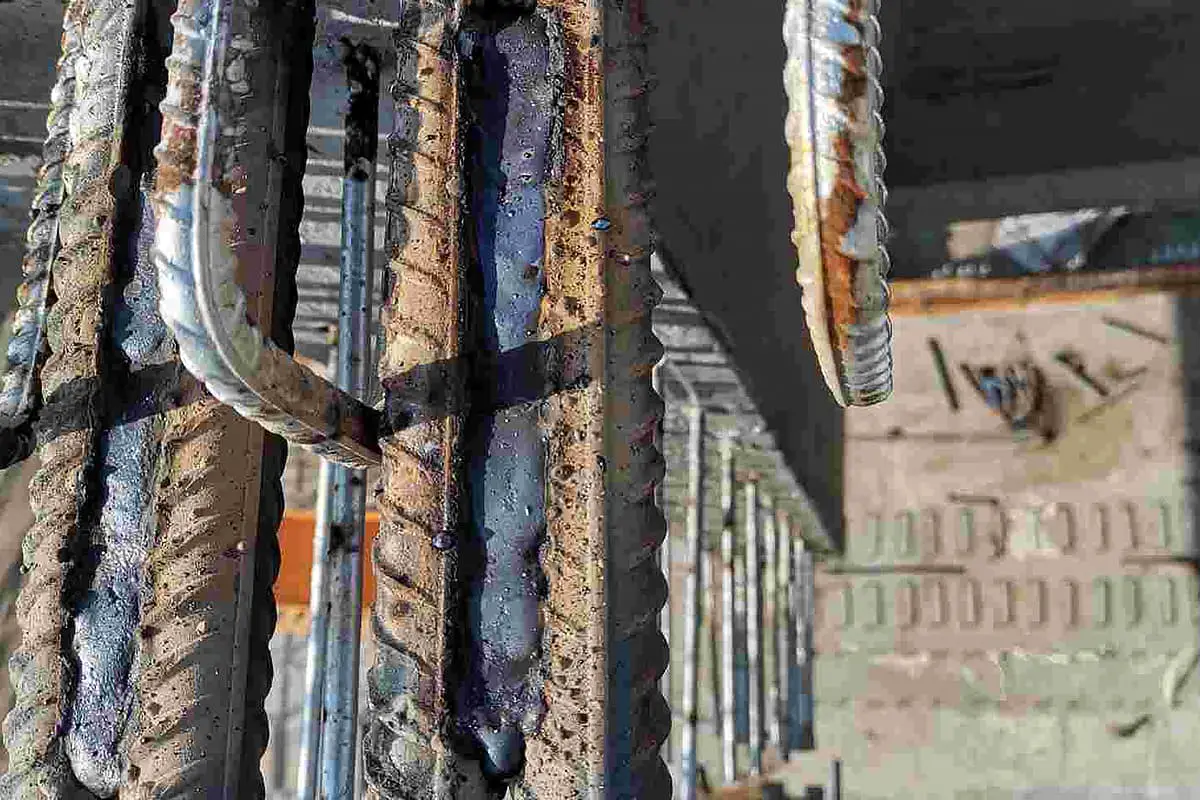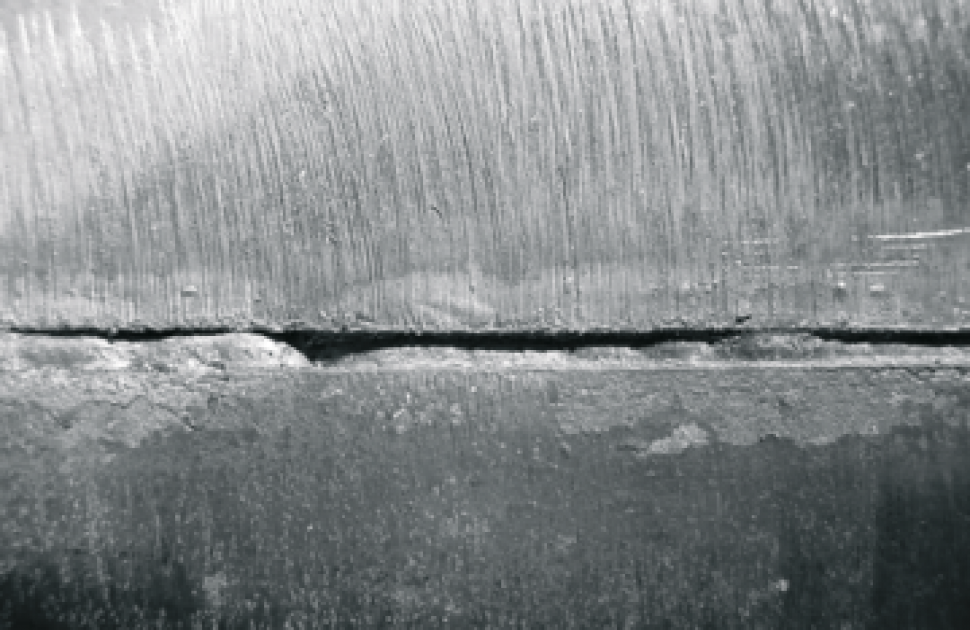Efficient Ways to Prevent Weld Undercut in Your Welding Projects
Efficient Ways to Prevent Weld Undercut in Your Welding Projects
Blog Article
Important Tips for Welders: Preventing Undercut Welding and Ensuring Stronger Weld Joints
In the world of welding, attaining solid and durable weld joints is the foundation of creating top quality job. Nonetheless, one common difficulty that welders commonly encounter is undercut welding, which can jeopardize the stability of the weld joint. By understanding the aspects that contribute to undercutting and applying the right strategies and precautions, welders can efficiently stop this issue and guarantee the long life and strength of their welds. Allow's check out some necessary pointers that can help welders navigate this challenge and elevate the quality of their welding tasks.

Comprehending Undercut Welding
Undercut welding is a typical welding issue that takes place when the weld steel falls short to effectively fill up the groove and causes a groove-like clinical depression along the weld bead. This defect weakens the weld joint, making it prone to breaking and failing under tension. Undercutting can be triggered by different factors, consisting of excessive welding present, high welding rate, inappropriate electrode angle, wrong electrode dimension, and inadequate welding technique.
One of the major factors for undercut welding is an inequality between the welding present and the welding speed. If the welding current is too high or the welding rate is too fast, the weld steel might not effectively load the groove, causing damaging. Furthermore, using an electrode that is also big can lead to a comparable outcome, as the excess steel can not correctly stream into the groove.
To avoid undercut welding, welders must guarantee they are using the right welding criteria, keep an appropriate electrode angle, pick the suitable electrode size, and practice appropriate welding techniques. By resolving these variables, welders can minimize the danger of damaging and create stronger, extra reliable weld joints.
Appropriate Welding Technique
Effective welding method plays a vital function in making certain the quality and honesty of weld joints. Correct welding strategy entails a combination of adherence, precision, and ability to ideal techniques. One essential element of appropriate welding technique is preserving the right angle and distance in between the welding weapon and the work surface. Welders have to additionally pay close focus to the traveling speed and warmth input to avoid problems like undercutting, porosity, or insufficient combination.
Additionally, a stable and constant hand movement is vital for creating solid and durable weld joints. Welders should intend for smooth, uniform movements to guarantee also circulation of the weld product. Correct manipulation of the welding gun and filler product is likewise key to attaining optimal infiltration and blend.
Additionally, controlling the warmth input and selecting the suitable welding criteria based upon the product being welded are vital variables in accomplishing top notch welds - Preventing weld undercut. Welders ought to follow the recommended settings provided by welding treatment requirements and adjust them as needed based upon the certain needs of the job. By grasping correct welding methods, welders can substantially enhance the toughness and dependability of their weld joints
Selecting the Right Electrode
Keeping the right angle and distance in between the welding gun and the work surface is fundamental when taking into consideration the value of choosing the ideal electrode in welding applications. The option of electrode plays a critical function in determining the quality and toughness of the weld joint. Electrodes are available in numerous kinds, each developed for details functions and materials.
Firstly, choosing the ideal electrode diameter is crucial. Thinner electrodes appropriate for welding slim index materials, while thicker electrodes are much better for thicker materials and higher warm applications. Matching the electrode size to the density of the workpiece helps attain a well balanced weld.
Second of all, understanding the product make-up of the electrode is essential. Various electrodes are developed for welding certain materials like steel, stainless steel, aluminum, or cast iron. Making use he has a good point of the proper electrode material makes certain great fusion and minimizes the danger of issues in the weld.
Finally, thinking about the welding position and strategy is essential when picking the electrode type. Particular electrodes are much better suited for vertical or above welding positions, while others work well for flat or horizontal placements. Picking the best electrode based on the welding method boosts the overall weld quality and integrity.
Preparing the Base Metal
To make certain a successful welding process, what first actions should be taken when preparing the base metal for welding? Appropriately preparing the base metal is critical for achieving solid and long lasting weld joints. The initial step in preparing the base steel is to clean it thoroughly to eliminate any type of pollutants such as corrosion, dirt, paint, or oil. This can be done making use of a wire chemical, brush, or grinder solvents. Additionally, any existing weld material or deposit from previous welding need to be eliminated to ensure a tidy surface area for the new weld.

Conducting Post-Weld Assessments

After performing these analyses, welders need to contrast the outcomes against sector requirements and job demands to ensure that the weld joint satisfies all essential requirements. Any kind of discrepancies or inadequacies uncovered throughout the post-weld assessment should be immediately attended to with suitable corrective measures to assure the weld's honesty. By carefully performing post-weld assessments and immediately addressing any concerns, welders can promote the high quality and integrity of their work, ultimately adding to the security and longevity of the welded frameworks.
Conclusion

Finally, preventing undercut welding and guaranteeing more powerful weld joints need a combination of appropriate welding strategy, picking the right electrode, preparing the base metal correctly, and conducting post-weld examinations. By recognizing the reasons of undercut welding and carrying out the needed safety measures, welders can create top notch weld joints that satisfy market criteria and make certain the structural integrity of the bonded components.
Undercut welding is an usual welding problem that occurs when the weld steel fails to effectively load the groove and results in a groove-like anxiety along the weld bead (Preventing weld undercut). Damaging can be triggered by numerous aspects, including excessive welding present, high welding rate, inappropriate electrode angle, wrong electrode size, and bad welding strategy
One of the main reasons for undercut welding is an inequality between the welding present and the welding rate. If the welding current is too high or the welding rate is too quick, the weld steel may not adequately fill up the groove, leading to undercutting.Maintaining the proper angle and range in between the welding gun and the work surface is essential when considering the relevance of picking the appropriate electrode in welding applications.
Report this page